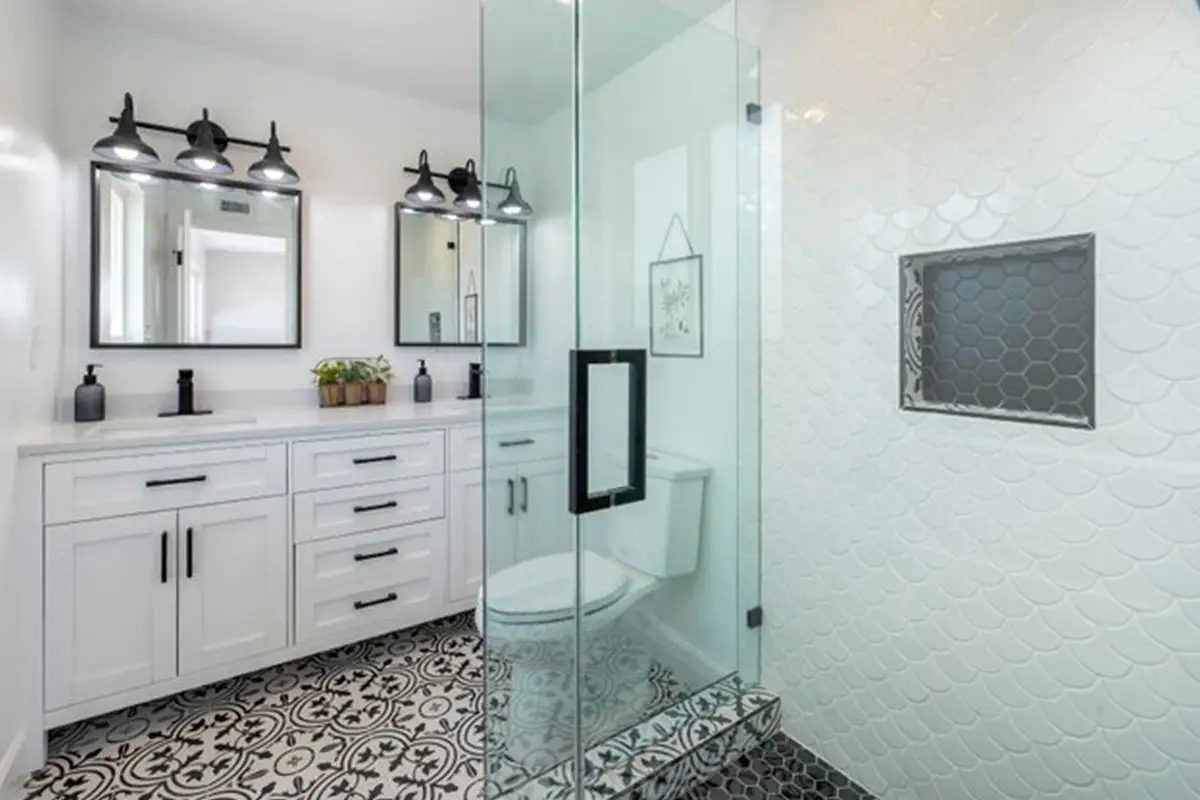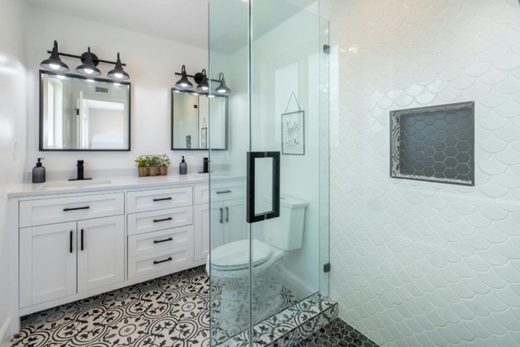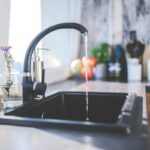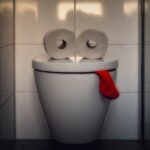Ultimate guide to bathroom plumbing, Home renovation, Building interior, Property toilet decor
Ultimate Guide to Bathroom Plumbing
12 July 2024
Planning a bathroom remodel or tackling plumbing DIY projects involves more than just enthusiasm; it requires a solid understanding of plumbing systems and components. Mastery of bathroom plumbing diagrams and layouts can significantly enhance the efficiency and success of any project. Whether renovating an old bathroom or installing new fixtures, having a clear guide and reliable techniques ensures everything flows smoothly.
BHG’s Ultimate Guide to Bathroom Plumbing Diagrams and Layouts is a great resource for homeowners eager to undertake these tasks. Detailed instructions, combined with illustrative diagrams, simplify complex concepts and processes. This helps in planning effective plumbing networks that adhere to modern standards.
Understanding Bathroom Plumbing Basics
Bathroom plumbing involves a combination of different systems and materials that work together to ensure water supply and waste management. Knowing the key components and standard measurements used can help streamline any plumbing project.
Plumbing Systems and Components
Bathroom plumbing includes the fresh water supply and the drainage system. The fresh water supply delivers clean water to fixtures such as sinks, showers, and toilets. This system typically consists of pipes made from materials like copper or PEX.
The drainage system removes wastewater, leading it to the sewage or septic system. The soil stack, often vertical pipes, is crucial for connecting toilets and other fixtures. Homeowners in places like Las Vegas may have unique local regulations affecting plumbing systems.
Standard Plumbing Measurements
Accurate measurements are vital for effective plumbing installation. Pipes for fresh water typically range from 1/2 inch to 3/4 inch in diameter. Drainage pipes are usually larger, with toilets requiring at least a 3-inch diameter pipe.
For example, a shower drain often needs a 2-inch pipe to handle water flow efficiently. Understanding these measurements ensures compatibility and efficiency. Installing a new bathroom involves adhering to these measurements to prevent issues like leaks and clogs.
Common Plumbing Materials
Different materials serve distinct purposes in bathroom plumbing. Copper pipes are known for their durability and are often used for hot and cold water supply. They resist corrosion and handle high pressure well.
PEX piping is flexible and easier to install, making it a popular choice for both DIY enthusiasts and professionals. It is less expensive and can withstand both hot and cold temperatures.
Installation and Repair Techniques
Successful bathroom plumbing relies on proper installation and ongoing maintenance. This involves setting up fixtures like sinks and toilets correctly and addressing common plumbing issues efficiently.
Sink and Faucet Installation
A successful sink and faucet installation begins with positioning the sink correctly. Ensure the countertop hole matches the sink dimensions. Apply a bead of silicone around the rim before setting it in place.
Next, attach the faucet to the sink following the manufacturer’s guidelines. Secure all mounting nuts tightly. Connect the water supply lines to the faucet, ensuring the hot and cold water lines are correctly identified.
Install the pop-up drain by dropping it into the sink and securing it with a rubber ring and nut underneath. Tighten everything securely to prevent leaks.
Toilet Installation and Repair
Installing a toilet involves positioning it over the flange. Place a new wax ring on the flange to create a watertight seal. Carefully lower the toilet onto the flange, aligning the bolts with the holes on the base.
Secure the toilet by tightening the bolts evenly. Connect the water supply line to the tank and turn on the water supply to fill the tank. Test the flush mechanism to ensure proper operation.
For toilet repairs, commonly needed fixes include replacing the flapper or adjusting the chain length in the tank. Addressing these issues promptly helps prevent water wastage and ensures efficient operation.
Shower and Bathtub Plumbing
Shower and bathtub plumbing starts with installing the drain. Ensure the drain assembly is secured tightly to prevent leaks. Connect the P-trap to the drainpipe, providing a barrier against sewer gasses.
Install the showerhead and faucet by securing them to the water supply lines behind the wall. Use Teflon tape on threaded connections to prevent leaks. Test the faucets and showerhead for water pressure and temperature control.
Ensure that all connections are secure and watertight. Regular inspection and maintenance can prevent common problems like clogs and drips, extending the lifespan of the plumbing fixtures.
Troubleshooting Common Issues
Common plumbing issues in bathrooms include leaks, clogs, and low water pressure. Leaking faucets usually require replacing the washer or cartridge inside the faucet.
Clogs can often be cleared with a plunger or drain snake. Persistent clogs might indicate a deeper issue within the pipes and may require professional attention.
Low water pressure can stem from mineral buildup in aerators or pipes. Cleaning or replacing aerators and using a vinegar solution to dissolve mineral deposits can improve water flow. Regular maintenance and prompt attention to minor issues can prevent major repairs.
Maintaining Your Bathroom Plumbing
Effective bathroom plumbing maintenance ensures the longevity and efficiency of the fixtures. Regular cleaning, inspections, and preventive measures will help avoid costly repairs.
Routine Maintenance Tips
Performing routine maintenance is essential to keep bathroom plumbing in top condition. Regularly inspect fixtures and look for any signs of leaks or dampness. Fixing minor leaks promptly prevents more severe issues later on.
Cleaning is vital. Remove limescale build-up from faucets and showerheads using vinegar or specialized cleaners. This enhances water flow and prolongs the life of the fixtures.
Drain guards are useful for preventing clogs. They catch hair and debris before they can enter the plumbing system. Always clean these guards regularly to maintain their effectiveness.
Shut-off valves should be checked periodically. Ensure they function properly so they can be quickly turned off in case of a leak or when repairs are needed.
Preventing Mold and Mildew
Mold and mildew are common in bathrooms due to the high moisture levels. These fungi not only damage surfaces but also pose health risks.
Ensure proper ventilation by using exhaust fans during and after showers. This reduces moisture in the air and prevents mold growth. Additionally, open windows if feasible to improve air circulation.
Regularly clean and disinfect grout lines and tile surfaces. Use a mixture of bleach and water or commercial mold removers. This kills any existing mold spores and prevents their spread.
Fix any leaks immediately as they create a damp environment perfect for mold. Check plumbing fixtures, including under sinks and around the toilet, for any signs of water accumulation.
By following these tips, bathroom plumbing can be maintained effectively, keeping the bathroom clean, functional, and safe.
Comments on this guide to Ultimate Guide to Bathroom Plumbing article are welcome.
Bathroom Vanity
Home Bathroom Design
Ideal season for dream bathroom renovation
Thinking about a sleek, modern bathroom
How to prevent bathroom flooding
Perfect Vanity For Your Bathroom
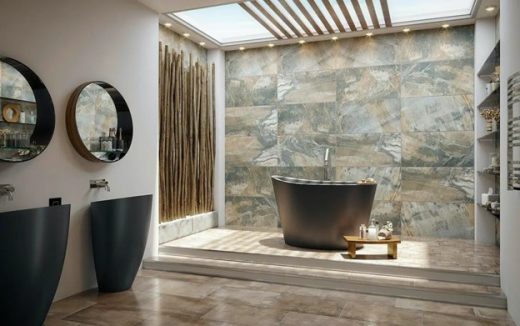
How to choose the perfect bathroom tap
Property
Contemporary Property Articles – architectural selection below:
Comments / photos for the Ultimate Guide to Bathroom Plumbing page welcome

